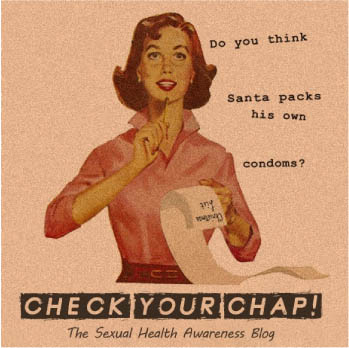
Rhinoplasty, or what many people call a “nose job,” is a corrective procedure performed on the nose that can be either surgical or non-surgical. The correction can be for non-cosmetic purposes, such as correcting problems with the function of the nose, or for cosmetic purposes, such as changing the appearance of the nose.
These procedures are performed by plastic surgeon, otolaryngologist (an ear, nose and throat specialist) or a maxillofacial surgeon (specializes in the jaw, face and neck).
Types of Rhinoplasty
Two types of surgical rhinoplasty are common. Open rhinoplasty involves a cut to the columella, the fleshy part that separates the two nostrils. The nasal skin is lifted, and the procedure is then performed. With closed rhinoplasty, all incisions take place within the nose cavity and the columella is not cut.
Another method requires no surgery, and corrects small defects of the nose. It involves injections of inert fillers below the skin, and the results don’t tend to endure as long as surgical methods.
Primary rhinoplasty is the first time a surgical procedure is performed on the nose. However, in 5 to 20 percent of cases, the primary rhinoplasty is not completely successful, and a secondary or revision rhinoplasty must be performed.
Reasons to Get Rhinoplasty
- Congenital abnormalities. Some people are born with congenital defects involving the nose, such as nasal difficulties caused by cleft palate or cleft lip. Respiratory impediments involving the nose, like those caused from growths or deformed growth, can be cause for surgical correction.
- Accidents. Noses damaged by blunt trauma, animal bites, burns, diseases, tumours or toxins may require rhinoplasty to restore nose function.
- Cosmetic Purposes. Noses may be out of proportion with the face, or may be undesirable for other reasons. People who are simply unhappy with their noses may elect rhinoplasty for cosmetic purposes.
Reasons Not to Get Rhinoplasty
- There are risks. Poor surgical technique and infections may negatively affect the outcome. Even non-surgical rhinoplasty carries a risk of infection and irritation.
- You may not heal well. Even if the surgery was successful, you may not have favourable healing responses. Your cartilage may not be healthy. Age is a factor, since younger patients tend to heal faster than older patients.
- If the procedure causes a big change in your appearance, or if your appearance isn’t natural, you may be less recognizable. Your new nose should blend in with your face and natural features. You may not like what you see in the mirror.
- Revision surgery may be required. Not all primary rhinoplasty surgeries are successful, and you may have to go back for further surgery.
- Any surgery is expensive. Non-surgical rhinoplasty is less expensive but still costs significant money.
Whether repairing a nasal abnormality or choosing rhinoplasty for cosmetic purposes, choose a surgeon based on their reputation in the medical community. Seek recommendations from people who have had the surgery, if possible. Be sure the surgeon is fully licensed to practice procedures advertised.

